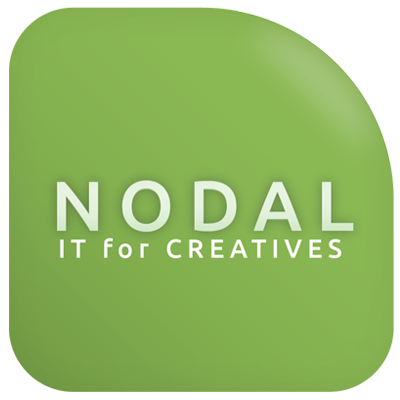In its first major update since being acquired by Maxon, Redshift Rendering Technologies released the first experimental build of their GPU renderer late last month. Redshift 3.0 adds early support for NVIDIA’s RTX GPUs, and introduces a higher maximum trace depth and improved AOV support. These builds are not production-ready, but are available to existing Redshift users to evaluate upcoming features.
One of the biggest changes in Redshift 3.0 is initial support for the hardware-accelerated ray tracing capability available in NVIDIA’s Quadro, Titan, and GeForce RTX cards. While the feature is still in development, it currently supports “the majority of features” and results in increased render speed in most scenes over Redshift’s previous ray trace technology. Future builds will support NVIDIA’s NVLink technology which enables users to pool GPU memory across two supported cards, allowing for much larger scenes to be rendered without a performance drop.
Other features also included in current experimental builds are increased trace depth and better AOV support. Redshift will now support up to 64 diffuse, reflection, and refraction bounces and 256 transparency levels. Improvements to the engine’s rendering core have been made to handle the higher number of trace calculations. Improve handling of AOVs allows lighting-related passes such as diffuse and specular now being visible through transparency and refraction effects.
In addition to the above, Redshift has announced that other upcoming features include a new automatic sampling system, support for Open Shading Language, full support for OpenColor IO, and better handling of Deep EXR images. A new “real-time” render mode called RedshiftRT is also in the works that should result in renders “several times faster” than normal, at the likely expense of advanced features like depth-of-field and motion blur. Redshift hopes to have additional details covering upcoming features in the next few months.
After their acquisition by Maxon, Redshift’s Cinema 4D plugin is also due to see some major updates. Better preview rendering and scattering workflow, and a better handling of C4D’s native scene scale are incoming. Redshift also has plans to bring Cinema 4D’s native noise nodes into the renderer itself, to be accessible on all host applications.
Redshift 3.0 experimental builds are currently available to registered users on Windows 7+, Linux, and macOS 10.12 and 10.13. No commercial release date has been announced.
If you have any questions about Redshift and how to deploy GPU rendering at your facility, feel free to reach out to Nodal! For more information on upcoming Redshift features, check out CGchannel’s article on the 3.0 builds.
